The newly-formed pals, Ringo and Dave, wish you a wonderful Palentine’s Day! Have a wonderful day with your friends and loved ones <3


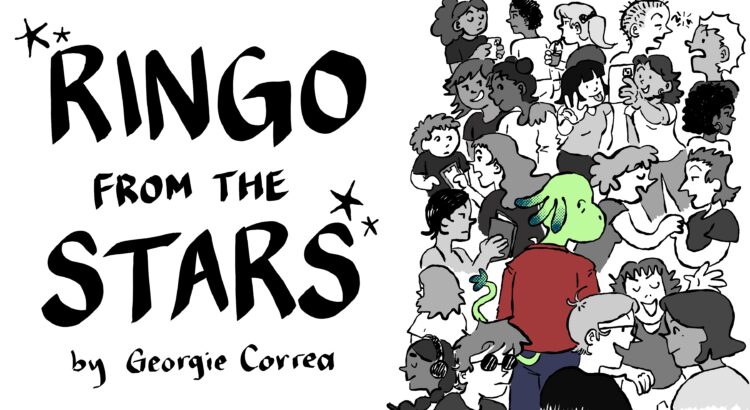
The newly-formed pals, Ringo and Dave, wish you a wonderful Palentine’s Day! Have a wonderful day with your friends and loved ones <3

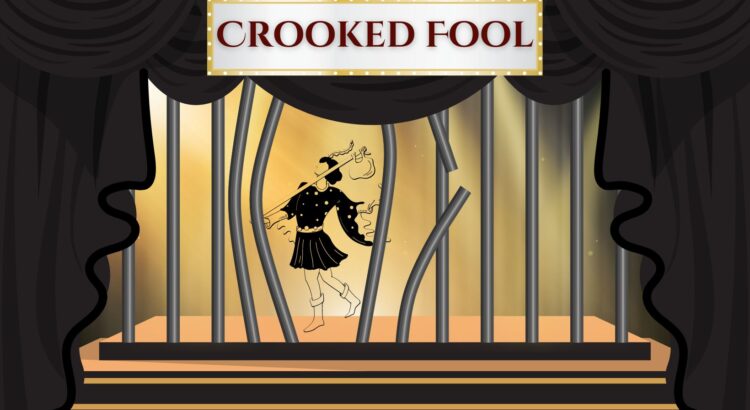
Witness.
I was young, crooked femme, buzzing with energy, a nova of anger that was pathologized, bad-ified, otherized, punished…
A performer adapting to the endless energy and life force late-stage capitalist performing arts charge as the price of admission to a club that will blacklist without hesitation. I was easy to work with. Disciplined. Energized regardless of fatigue, a vessel down to my fingertips, twisted body best when unnoticed and unclaimed.
I am a rebel in circus garb, prepared for the tower to fall, knowing my role when it happens.
A clown questioning the colonized, controlling, punishing logics of the state, somehow more threatening in a red nose, but not always thought of as such.
Arlecchino, Brighella, Colombina, Pierrot surviving, working, playing my way through a system designed to keep me wanting, needing.
The crooked, hunchbacked witch who served literal communion to an actual demon in the scariest place there was. The gods rewarded me with a red nose and a spine full of titanium so that eyes, breath, spine will forever be grounded and protected in the act of cursing systems that need to crack, crumble, re-puzzle.
But remember, it’s just a show…
I am the deformed artist who was told by a psychic that I mastered dark magick in a past life and by a spiritualist reverend that even the darkest creature goes to the light.
I am the one who spent years seeing THIS quilted together in dreams, and now feeling the living, pounding, vital force in those hazy green, buzzing and burning images come to life.
I dance in darkness, a ghost in the making, a demon falling madly in love with my mangled form, the footsteps in the night, screaming the angry children out of sleep because they are the ones who know that something is not right, and that something is not them.
I am, apparently, The Bad, so why not play games with the worst of the worst, week after week?
And why not argue where I can? When nice accomplishes nothing, I can at least still play the game – wrong if I choose.
As an annoying clown once said to me, and as I once said to someone who talked down to me like I was a noisy 27-year-old child, cheating is a mode of play.
Apparently, there are those who genuinely hate crooked, hunchbacked witch clowns. And they’ll dress up their deep, burning hate like light, saying I’m sick, unfriendly, whatever, because they know they can’t say Bad.
Except now they probably can.
I will play the game with all the Bad ones, overdressing, playing ferociously, cheating if I have to. If they want a demon, I know a few. If they try to cut off my rough edges, I’ll crack their rigid walls and dance on the rubble, and everyone loves to dance. Eventually they’ll join.
Slainte to the Bad ones. When this ending happens and this tower crumbles, we will dance in the flames and build with our disfigured, tired bodies in our own image. The vengeful gods will die. And there will the demons be, in the light, turning to ghost with Mad, irrational love and screaming into the dark in joy and rage as our dance party goes on atop the elements that once made us. Who’s the demon now?
Are you angry yet?
You should be.

hi dave
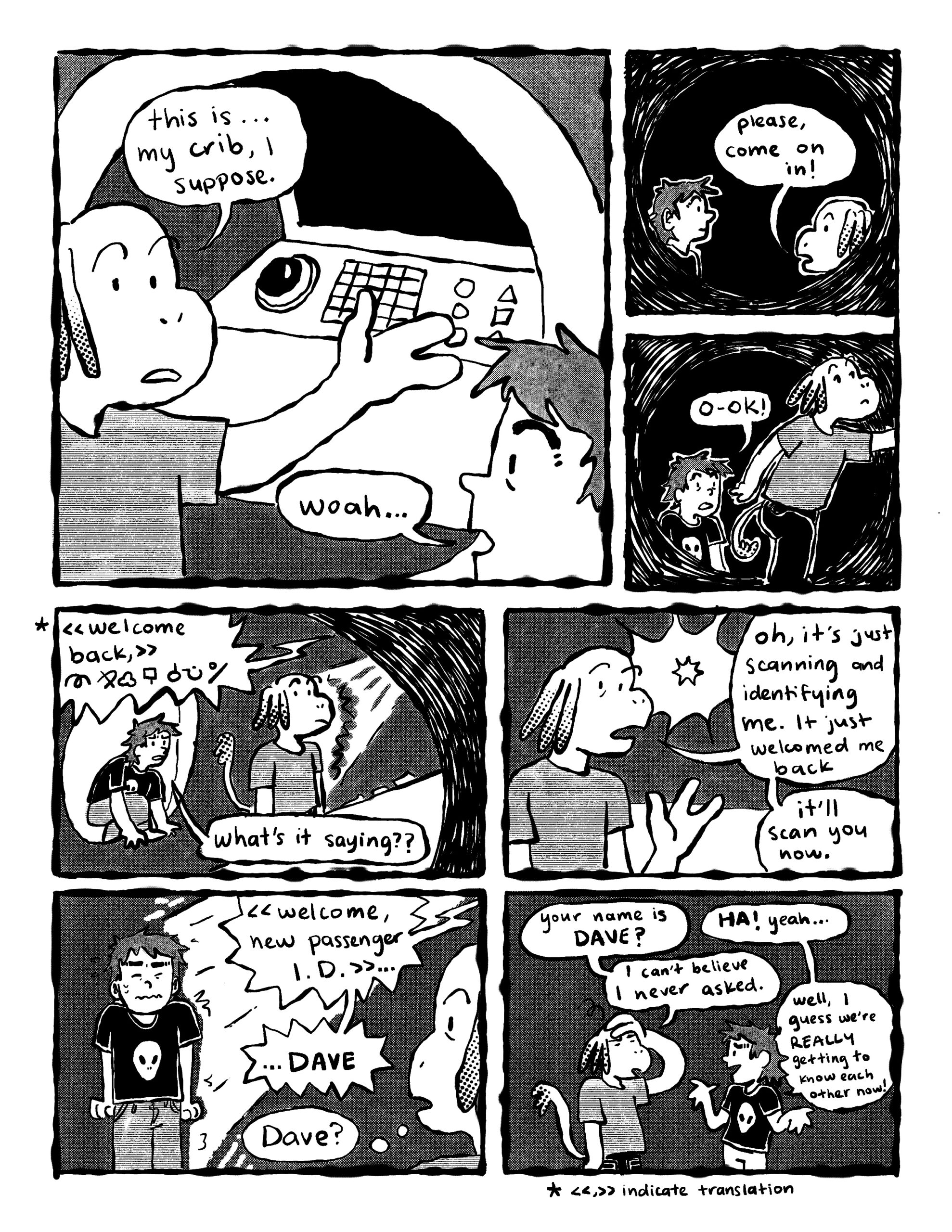

In the morning before first light, they kneaded the covers with their legs, freeing themselves to roll onto the floor with gentle sureness. Eyes still closed, they rolled their body around on the cool wood, bending into joints, slip-sliding around, rolling over themselves, dancing horizontally until they felt stretched, released, ready to adapt and mold to whatever came their way. Then they finally blinked their eyes open, the rolling and stretching having worn the sleep away. They rose to their feet and walked downstairs. In the kitchen, they put on a pot of coffee and their favorite music. They hummed and half-danced until they could pour the black liquid into a mug, adding plenty of milk and some hot chocolate mix, because they damn well weren’t going to miss out on the sweetness. Cup in hand, still taking piping hot sips, they clumsily wrapped themselves in a thick blanket and stumbled down the stairs to the basement. By now, they could hear footsteps above them as the rest of the household started to stir. They knelt on concrete in front of a makeshift altar and just stared, breath suspended, cup clenched in hand. Then breath drew in ragged and ribs expanded again. Life filled body. Grief sighed out. Eyes glided and stopped on a photograph, then another, and another. Somehow each person on that altar was everywhere while simultaneously being wholly gone. A bow of the head. A lump in the throat. A zing of caffeine in the fingertips. And the day begins. They dress in their favorites because they can. In a bit their chosen family will pile into their living room to share food. And while they claim joy in sustenance, they will plan their survival, their safety, their freedom. And then they will take to the streets, maybe quietly, maybe screaming to be heard. Both can be dangerous. And after a day of reclaiming their place, and even if they lose another, even if they are bruised and bloodied, they will gather in yet another house to dance, talk, cry, and tell stories until their bodies tire out. More food will be shared. Maybe they’ll go home to their sanctuary. Maybe they’ll slide down and curl up where they are, in community, insisting on survival again.

Ringo has thoughts about humans…
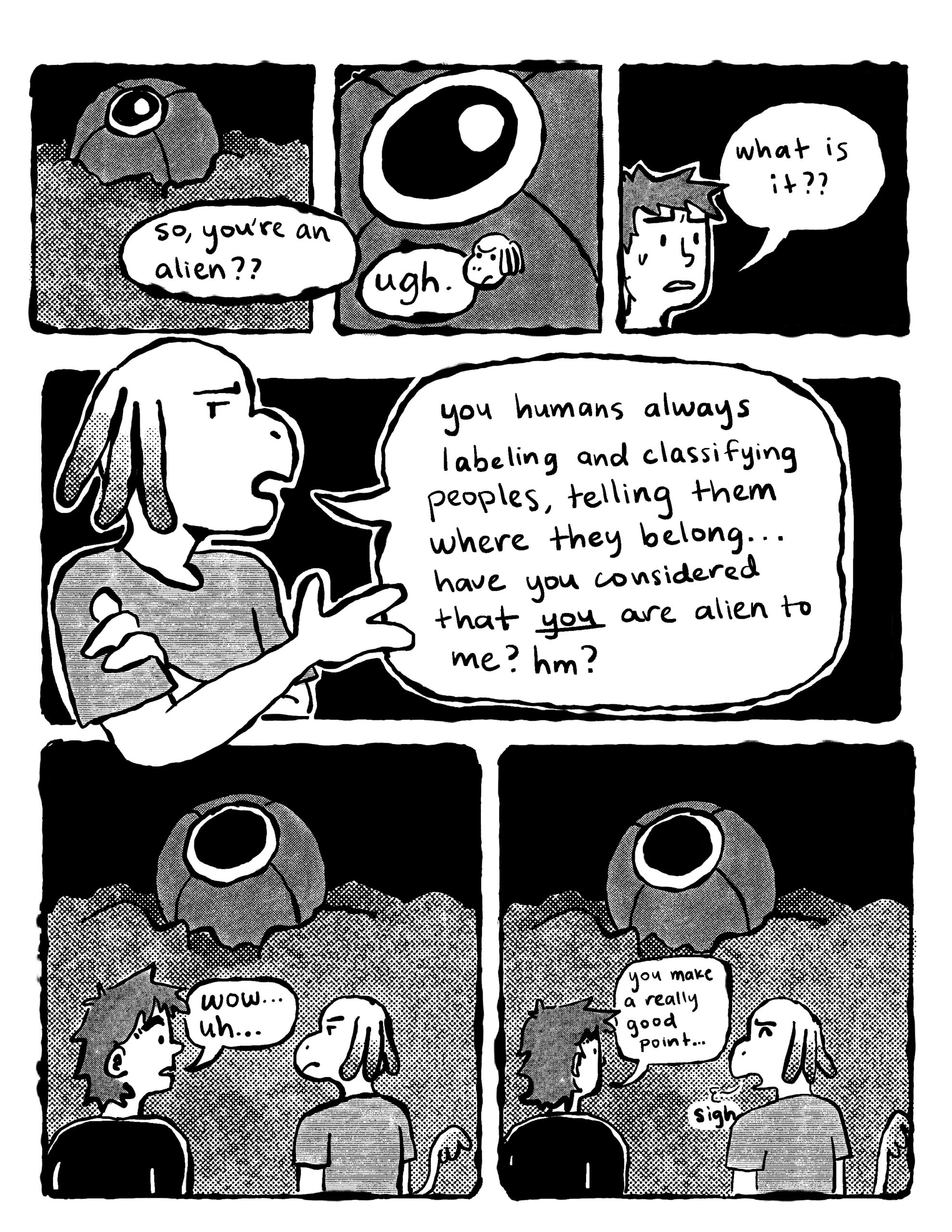
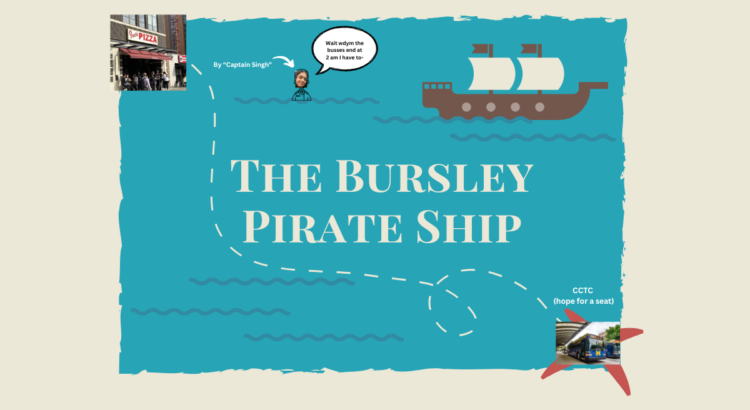
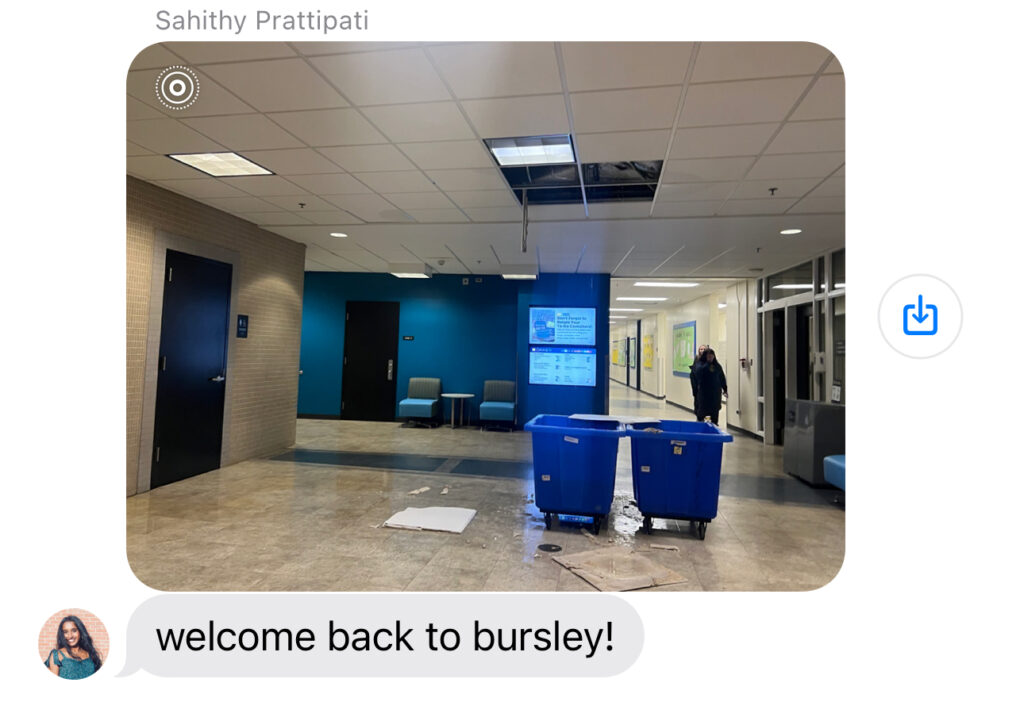
They say it is highly unlikely that lightning will strike the same place twice. Sadly, no one ever made a flood version of the saying so here we are.
While packing my belongings to return back after break, I decided to check our dorm group chat to let the memories of my Michigan home flood (absolutely no pun intended it’s far too sensitive of a topic) my brief nostalgia. When I saw this message, I mentally slow clapped at this building’s ability to structurally dissolve at any moment.
This column may transform into a flood report issue. Once is a mistake, twice is a coincidence, three times is just more content.
From a possible future Ann Atlantis,
Captain Singh